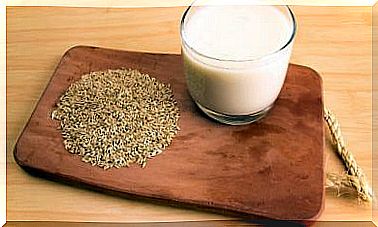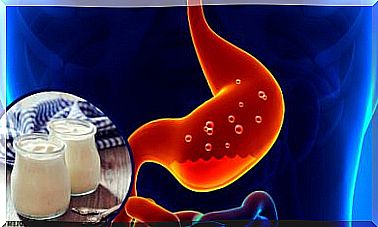Classification Of Antiasthmatics
The classification of antiasthmatics encompasses the groups of drugs that are used to treat asthma, a disease that especially affects the respiratory tract.
Asthma requires both specific care and regular medical check-ups. However, when undergoing maintenance treatment, the patient can continue a relatively normal life.
Anti-asthmatics should always be prescribed exclusively by a doctor. Likewise, their taking must follow a certain order so that they can produce the desired effect; that is, the improvement of the patient.
Classification of antiasthmatics
- Bronchodilators: β 2 adrenergic agonists , muscarinic antagonists, methylxanthines.
- Modifiers of the inflammatory response: glucocorticoids.
- Histamine release inhibitors: sodium cromoglycate.
- Mediator antagonists.
- Monoclonal antibody-type biological agents: omalizumab.
The following lines summarize each of these anti-asthmatic medications.
Bronchodilators

Β 2 adrenergic agonists
B2-adrenergic stimulants play an essential role in the treatment of asthma and COPD. They are the fastest and most effective bronchodilators available.
Β-adrenergic agents cause relaxation of all airways, from the trachea to the terminal bronchioles.
The most common compounds for inhalation use are salbutamol, fenoterol, salmeterol, and formoterol.
These medications open the airways and reduce swelling for at least 12 hours. They are used on a regular schedule to control moderate to severe asthma and to prevent nighttime symptoms.
Also, they act quickly and effectively since they relax all the respiratory tract and with it, they diminish the severity of the symptoms that the condition produces. Its action is effective and long-lasting, but it has limitations after certain doses.
Within this group, we have another classification of antiasthmatics, which are the muscarinic antagonists.
Muscarinic antagonists
These compounds in combination with a b2-adrenergic bronchodilator are effective in exacerbations of severe asthma:
- Ipratropium bromide.
- Quaternary derivative of atropine.
- Tiotropium bromide.
This type of antiasthmatics is responsible for blocking the action of acetylcholine, thus competing with its receptors. It generates bronchodilation in the large bronchi.
Methylxanthines
- Theophylline
- Aminophylline
The difference between each is based on the fact that theophylline is for oral administration, while aminophylline is for intravenous use. Both are a set of alkaloids.
They are excellent antiasthmatics since they allow the relaxation of smooth muscle (such as that of the bronchi and blood vessels). Likewise, they stimulate cardiac activity and the respiratory center, increasing diaphragmatic contractility. They also decrease the response of the lungs to irritants.

Modifiers of the inflammatory response: gluco corticosteroids
The anti-inflammatory effect in asthma conditions is achieved through several mechanisms. This type of medicine stands out for the inhibition of the migration of inflammatory cells, as well as for its property to block the formation of leukotrienes, which are involved in asthma.
Histamine release inhibitors: sodium cromoglycate
Cromolyn is one of the choices used in bronchial asthma since it acts as an inhibitor of anaphylaxis caused by allergens that come into contact with the bronchi.
Another of the pharmacological actions of this compound that is part of the classification of anti-asthmatics is that it does not have any type of adverse effects.
However, it can lose its properties after a certain period of time, which is why it is not used within the first elections.
Mediator antagonists
They are antiasthmatic drugs used in maintenance treatment, specifically for bronchial asthma. It refers to antileukotrienes, which are characterized by having a distinctly anti-inflammatory effect, preventing the sudden appearance of bronchospasm after exercise.
In pediatric cases, they have an excellent mechanism of action and therapeutic effect that helps to control asthmatic attacks in the long term.
Monoclonal antibody-type biological agents: Omalizumab
Finally, we have the monoclonal antibodies used as part of the antiasthmatics. These are clearly excluded for those patients with severe asthma. That is, one that is not controlled by any of the above types of active ingredients.
In this sense, Omalizumab is a drug implicated with IgE (immunoglobulin E), which has been approved by the FDA (Food and Drug Administration) for moderate allergic asthma that persists despite the administration of inhaled corticosteroids.

Finally, remember that for people who suffer from asthma it is very important to know their options regarding the medications they can use, which is why this classification of anti-asthma drugs has been presented in a summarized way.
Likewise, it is vitally important to work closely with your doctor to monitor symptoms and response to assigned medications after diagnosis.









